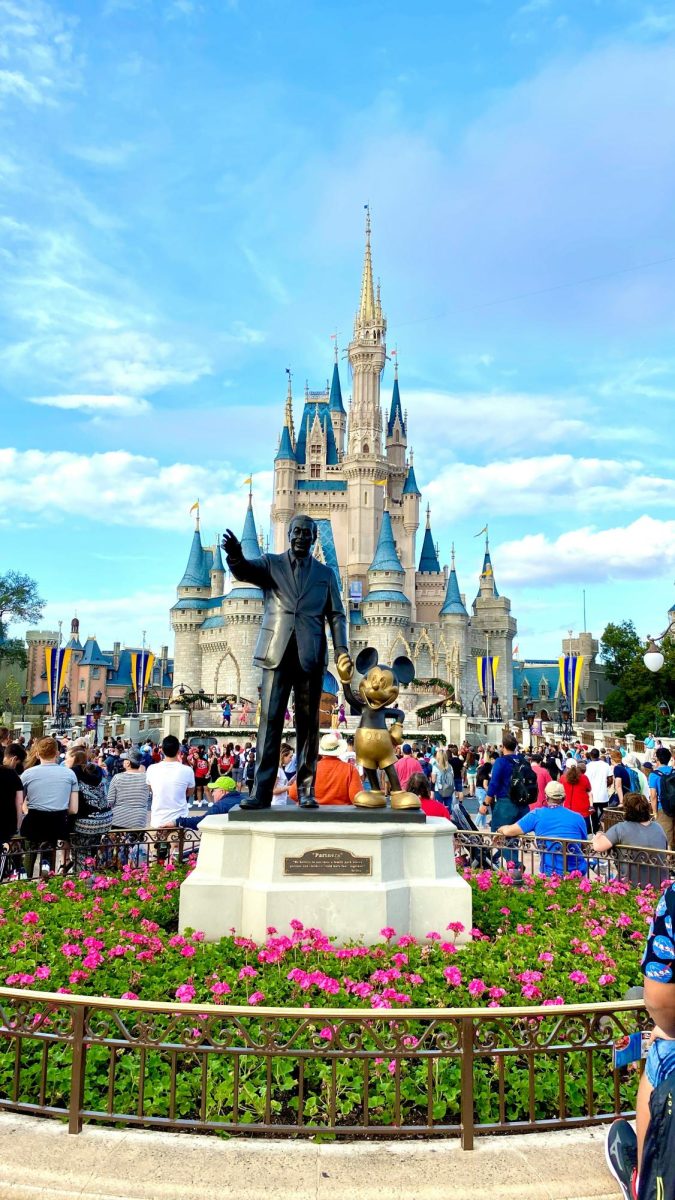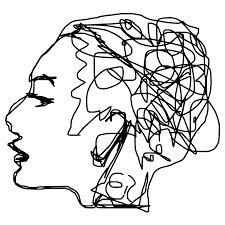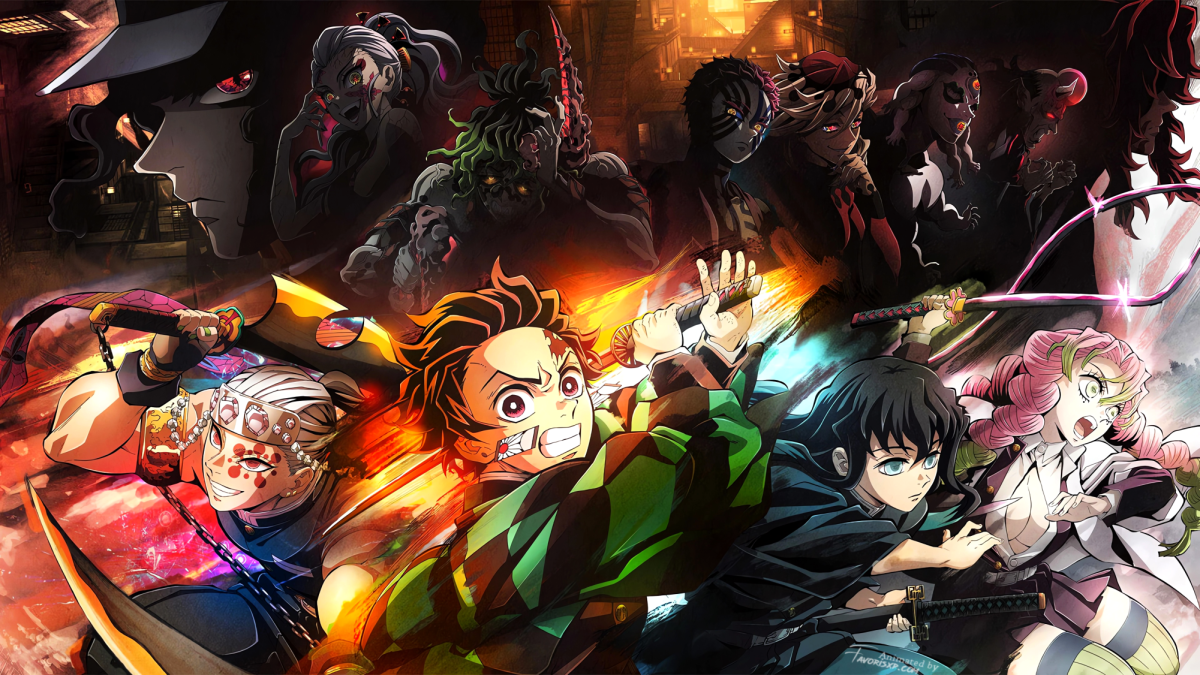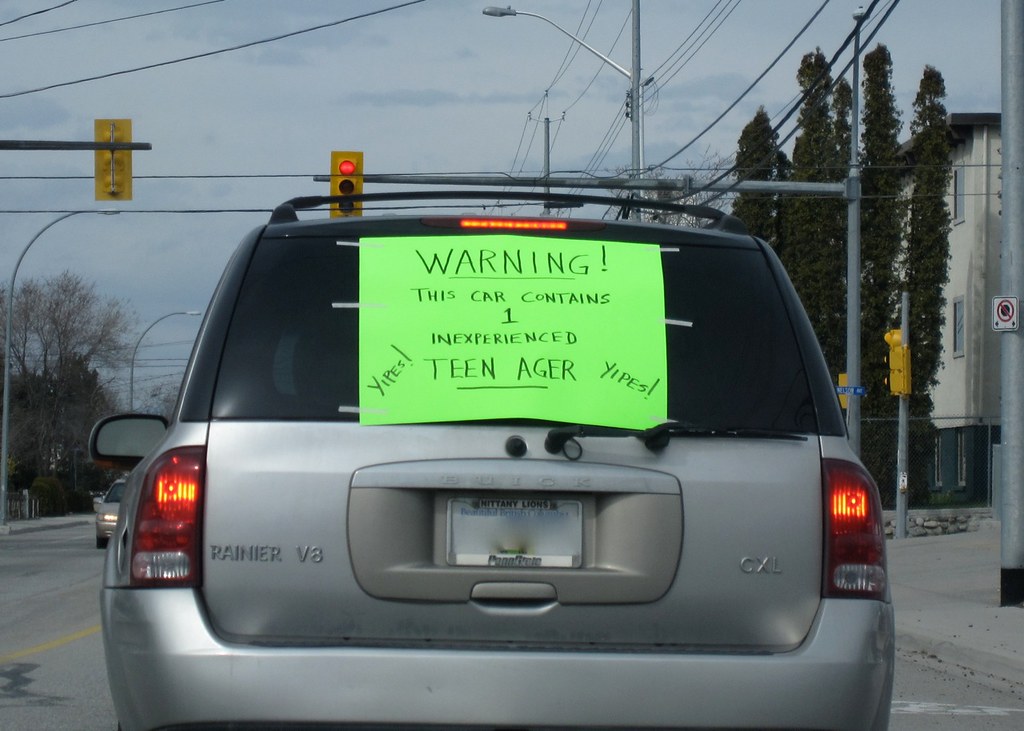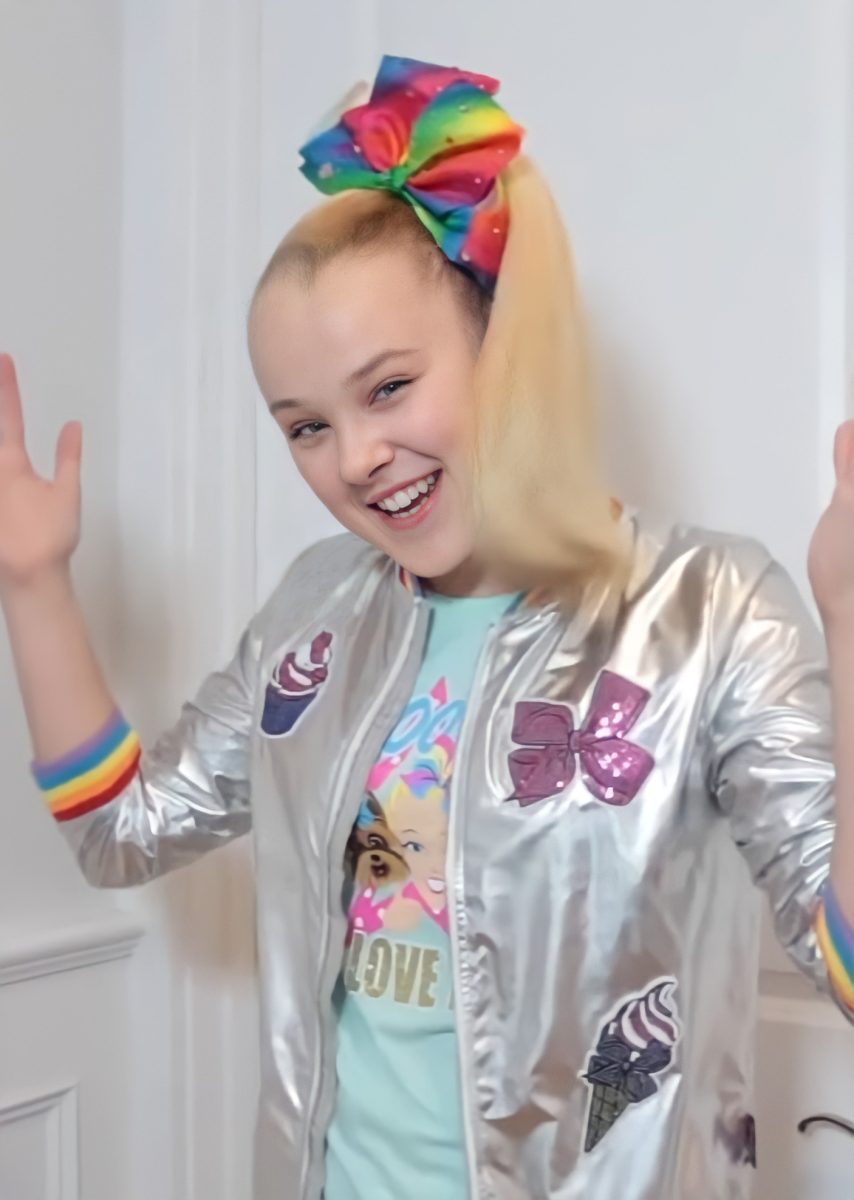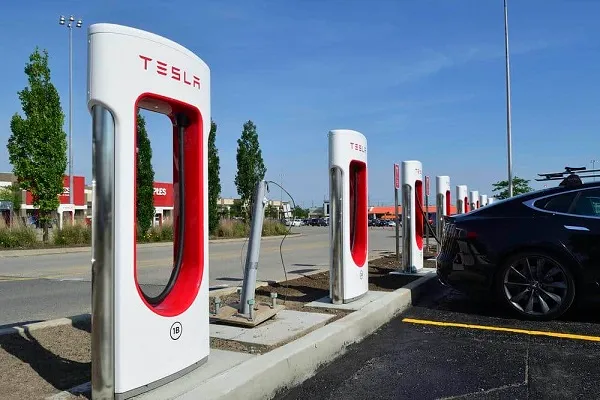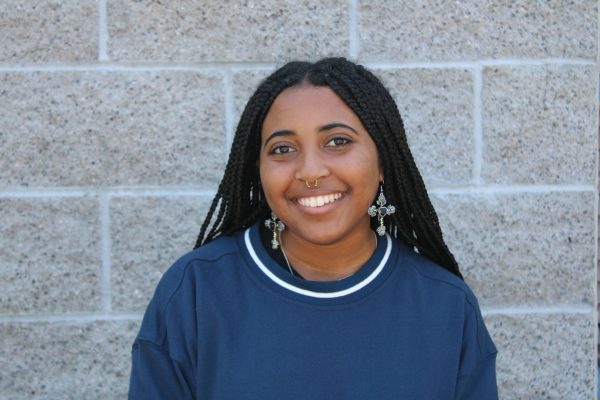*The opinions expressed within the content are solely the author’s and do not reflect the website’s or its affiliates’ opinions and beliefs.*
We all collectively reminisce on these shared memories: mimicking your favorite princess by brushing your hair with a fork, dancing in the living room, pretending you’re Simba overlooking Pride Rock or spending a calm evening watching vintage Mickey Mouse cartoons. Looking back, Gen Z and millennials can’t help but reminisce and yearn to see these movies again for the first time. Hoping to relive the magic, they go watch more recent Disney movies.
But when looking for sparkles, they’re left with dust; from the laggy Disney+ to simply disappointing animations, Gen Z and millennials leave theaters disillusioned with current Disney. Of course, childhood puts a bias on them; but as of now, there’s a general lament from critics, high-ranking officials in the movie industry, politicians, parents and even Disney themselves. They resent Disney for what it’s become and are pessimistic about its future.
The word “wokeness” is highly flammable, and many of Disney’s recent live actions and animations were caught in a forest fire. Outrage sparked when “LightYear” included a same-sex kiss between a lesbian couple. Casting Halle Bailey as Ariel in the live-action “Little Mermaid” remake wasn’t the first instance of Disney race-swapping characters and sparked debate on whether Disney was progressive or pandering.
But including a diverse cast or race-swapping characters isn’t what’s killing Disney. That kiss adds meaningful LGBTQ+ representation, and race swapping, while not the best representation, shouldn’t matter if the story still makes sense.
Still, Disney misses the mark on other fronts of inclusion. Disney was given the chance to hire people with dwarfism for the roles of the dwarves in the live-action remake of Snow White, but they didn’t. And while they’ve created more movies and series with female protagonists, the social commentary in the dialogue is cheap, recycled and forced. Female characters who intend to be the epitome of strength and feminism are ineffective on-screen because they’re portrayed as condescending and arrogant when delivering social commentary; in turn, female leads are portrayed as inferior and incompetent.
Disney’s loyalty to protecting LGBTQ+ rights feels conditional and performative at times. Former CEO Bob Chavek only responded to the “Don’t Say Gay Bill” after a long, unsettling silence from the company after the bill’s progression; even then, supposed “unwavering support” wasn’t enough. Public statements made in response to the bill were riddled with recycled PR language just enough to appease both sides but not enough to live up to the imaginative, pioneering force Disney touts itself to be. Instead, they simply claim to value inclusion without denouncing or even mentioning the bill directly. How sincere could these words be if Disney donated money to some of the legislators responsible for the bill in the past?
Disney claims to bolster inclusivity through its’ “’inspiring stories,” but how can employees create inspiring stories when, on multiple occasions, Disney exhorted employees to cut overtly gay affection (as stated in a letter sent by Disney employees to Disney executives)? Only after the letter’s release did Disney denounce the bill and pledge $5 million to the HRC and other LGBTQ+ organizations, but there’s no clear record of actual donations. But the damage is already done and it simply feels like an act done to appease employees and minimize outrage. And when considering the instrumental role the HRC plays in the overall popularity of movies nowadays, I can’t help but question the motive of the pledge.
This superficial progressive persona is the culmination of actions that slowly drained Disney’s creative spirit and whatever soul the corporation potentially had. Over the years, Disney had its ups and downs. During its renaissance, Disney was very experimental and created multiple classics. But during the 2010s, Disney couldn’t keep up with Nickelodeon, Cartoon Network, Dreamworks and Pixar. Disney’s stop-motion style animation couldn’t compete with contemporary developments in animation. But instead of pursuing experimentation or analyzing what they could change about themselves, they resorted to buying Pixar, Lucasfilm and Marvel.
Initially, the buyout wrought immense success. Disney-Pixar created massive hits like “Monsters Inc.” and “Inside Out.” Disney bounced back with “Frozen,” one of the highest-grossing animations of all time. However, neglecting the internal creative issues and prioritizing profit only prolonged their downfall. Financially, “Star Wars: Force Awakens” and “Rogue One” were initially successful; but when Disney hired different directors for individual Star Wars movies, fans were disappointed that these films were poorly executed and deviated from their expectations and George Lucas’ vision.
After “Endgame” and the loss of Tony Stark and Captain America, the MCU became oversaturated and hard to follow. Disney milked the franchise with multiple shows with poor writing, outdated social commentary, undeveloped premises and one-dimensional characters (simplifying existing complex characters like Thor) rather than finding new ways to reinvigorate the franchise. From Star Wars and MCU to animations and live-action remakes, Disney takes the easy route by renewing existing franchises and executing them poorly.
Disney now creates movies for financial security. Because they haven’t challenged their creativity in years, their recent movies aren’t up to par because they tend to have the same premises and unmemorable characters. Nowadays there’s an unrelenting demand in nearly every industry for originality and creativity to remain relevant. Disney literally cannot afford to substitute creativity with monopolizing the film industry. Until Disney prioritizes creativity over profit and abandons its shallow progressive persona, Disney will eventually crash and burn once and for all.



